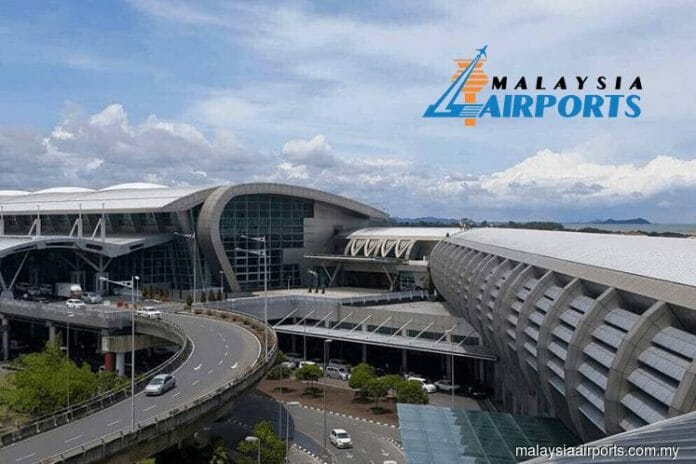MAHB reported the February passenger traffic movement across its network and highlighting that it showed an unusually strong growth momentum, recording 11 million passengers despite February shorter days and exceeding February 2019 levels by 3.3%.
The airport operator said the robust growth was driven by a combination of positive dynamics that all happened at the same time which was the one-month year end school holidays, the eight-day Chinese Spring Festival season, 30 days visa exemptions for China and India, new airlines, additional frequencies, Chinese New Year festive and Routes Asia event in Langkawi. Remarkably, the international passenger movements recorded new highs exceeding 5 million marks for the second consecutive month at 5.8million
passengers, a double-digit increase of 12.8% over February 2019.
Domestic passenger movements were equally encouraging, recording 5.2million passengers reaching a high recovery rate of 94.5%. Correspondingly, traffic at airports in Malaysia continue to show resilience recording new highs of 7.8million passengers, reaching more than 90% recovery rate for the first time at 95.8%. It is noteworthy to note that the daily average international passenger movements occasionally exceeded February 2019 on seven separate days between 1% to 10%.
MAHB also said there has been an increase in passengers from Mainland China and India following the introduction of the 30 days visa-free entry from 1 December 2023, with both sectors reaching 86% and 90% respectively over 2019 levels. Domestic sector fared well, recording 3.8 million passenger movements reaching 94.8% of February 2019 levels, marking the highest recovery rate since the pandemic outbreak. The average load factor reached more than 80% at 82.9%, indicating traffic is on the path towards normalisation, particularly during months with festive seasons and school holidays, which tend to be peak months.
It added the robust growth in traffic was also driven by airline route expansions, new airlines and routes resumption. KL International Airport (KUL) welcomed Turkmenistan Airlines with twice weekly frequencies from Ashgabat expanding Central Asian connectivity. Loong Air commenced operations to Hangzhou with thrice-weekly frequencies starting 1st February. Batik Air Malaysia’s additional operations from KUL to Tawau, with daily services, and to Kota Bharu and Sibu, with twice weekly
services, have further stimulated growth in domestic passenger movements and expanding the airline’s international network across Asia and Europe, introducing service to six new city pairs, namely Kaohsiung, Dayong, and Batam with three flights per week, and SAW, Kunming, and Zhengzhou with four flights per week, respectively. In addition, AirAsia recommenced Lombok service from KUL.
Kota Kinabalu International Airport welcomed direct flights from Jakarta operated by Indonesia AirAsia and Shanghai PuDong by AirAsia, with thrice weekly frequencies respectively. Penang and Langkawi International Airport also welcomed Flydubai with daily service to open new outward streams of leisure travel from Dubai.
Istanbul Sabiha Gökçen International Airport (SAW) traffic continued to be buoyant, recording 3.2 million passenger movements, surpassing pre-pandemic levels by 27.4%, marking the highest recovery rate to-date.
In the latest February 2024 revision, the Airport Council International (ACI) indicated that the Asia Pacific Region is expected to surpass 2019 levels by 3% for the first time since COVID-19, by the end of 2024. ACI also forecasted that the global passenger numbers for 2024 would surpass 2019 by 6% and increase by 12% compared to 2023.









